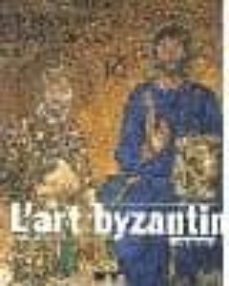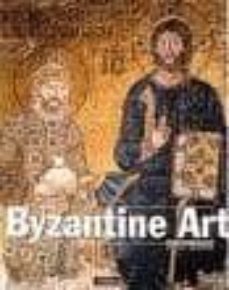Imprescindibles
Ficción
No Ficción
Ciencias y tecnología Biología Ciencias Ciencias naturales Divulgación científica Informática Ingeniería Matemáticas Medicina Salud y dietas Filología Biblioteconomía Estudios filológicos Estudios lingüísticos Estudios literarios Historia y crítica de la Literatura
Humanidades Autoayuda y espiritualidad Ciencias humanas Derecho Economía y Empresa Psicología y Pedagogía Filosofía Sociología Historia Arqueología Biografías Historia de España Historia Universal Historia por países
Infantil
Juvenil
#Jóvenes lectores Narrativa juvenil Clásicos adaptados Libros Wattpad Libros Booktok Libros de influencers Libros de Youtubers Libros Spicy Juveniles Libros LGTBIQ+ Temas sociales Libros ciencia ficción Libros de acción y aventura Cómic y manga juvenil Cómic juvenil Manga Shonen Manga Shojo Autores destacados Jennifer L. Armentrout Eloy Moreno Nerea Llanes Hannah Nicole Maehrer
Libros de fantasía Cozy Fantasy Dark academia Hadas y Fae Romantasy Royal Fantasy Urban Fantasy Vampiros y hombres lobo Otros Misterio y terror Cozy mistery Policiaca Spooky Terror Thriller y suspense Otros
Libros románticos y de amor Dark Romance Clean Romance Cowboy Romance Mafia y amor Romance dramatico Romcom libros Sport Romance Otros Clichés Enemies to Lovers Friends to Lovers Hermanastros Slow Burn Fake Dating Triángulo amoroso
Cómic y manga
Novela gráfica Novela gráfica americana Novela gráfica europea Novela gráfica de otros países Personajes, series y sagas Series y sagas Star Wars Superhéroes Cómics DC Cómics Marvel Cómics otros superhéroes Cómics Valiant
eBooks
Literatura Contemporánea Narrativa fantástica Novela de ciencia ficción Novela de terror Novela histórica Novela negra Novela romántica y erótica Juvenil Más de 13 años Más de 15 años Infantil eBooks infantiles
Humanidades Autoayuda y espiritualidad Ciencias humanas Economía y Empresa Psicología y Pedagogía Filosofía Historia Historia de España Historia Universal Arte Cine Música Historia del arte
Ciencia y tecnología Ciencias naturales Divulgación científica Medicina Salud y dietas Filología Estudios lingüísticos Estudios literarios Historia y crítica de la Literatura Estilo de vida Cocina Guías de viaje Ocio y deportes
JANNIC DURAND
Recibe novedades de JANNIC DURAND directamente en tu email
Filtros
Del 1 al 2 de 2
TERRAIL 9782879392189
Puisant aux sources de l'Antiquité païenne, classique et orientale, ainsi qu'au répertoire décoratif raffiné de l'islam, l'art byzantin se distingue par un style original et inventif. Le soin apporté à la réalisation des édifices et de leurs décors, le luxe des matériaux sont les symboles d'une civilisation rayonnante s'étendant à son apogée de la Syrie à la Sicile en passant par la Cappadoce et le Péloponnèse. Les hauts lieux de cet art sont ici richement illustrés : Constantinople et l'emblématique basilique Sainte-Sophie, Saint-Marc de Venise et ses trésors, ceux du monastère de Sainte-Catherine dans le Sinaï et du mont Athos en Grèce... ce patrimoine millénaire aux thèmes d'inspiration religieuse mais aussi profane témoigne de l'identité singulière du grand empire chrétien d'Orient.
Ver más
Tapa blanda
TERRAIL 9782879392226
Drawing on the inheritance of Greece, Rome, the East and Christianity, Byzantine art flourished for over a thousand years between the founding of Constantinople by Constantine the Great on the site of ancient Byzantium in 330 and the fall of the city, captured by the Seljuk Turks in 1453 and re-named Istanbul. This remarkable book showcases the monumental decors, mosaics, manuscripts, gold and silverware, sculpture and architecture of an art all too often appreciated only for its solemnly hieratic icons. For each major period, the developments affecting the entire range of artistic disciplines are placed in context in a brief historical introduction.
Ver más
Tapa blanda
Del 1 al 2 de 2
























